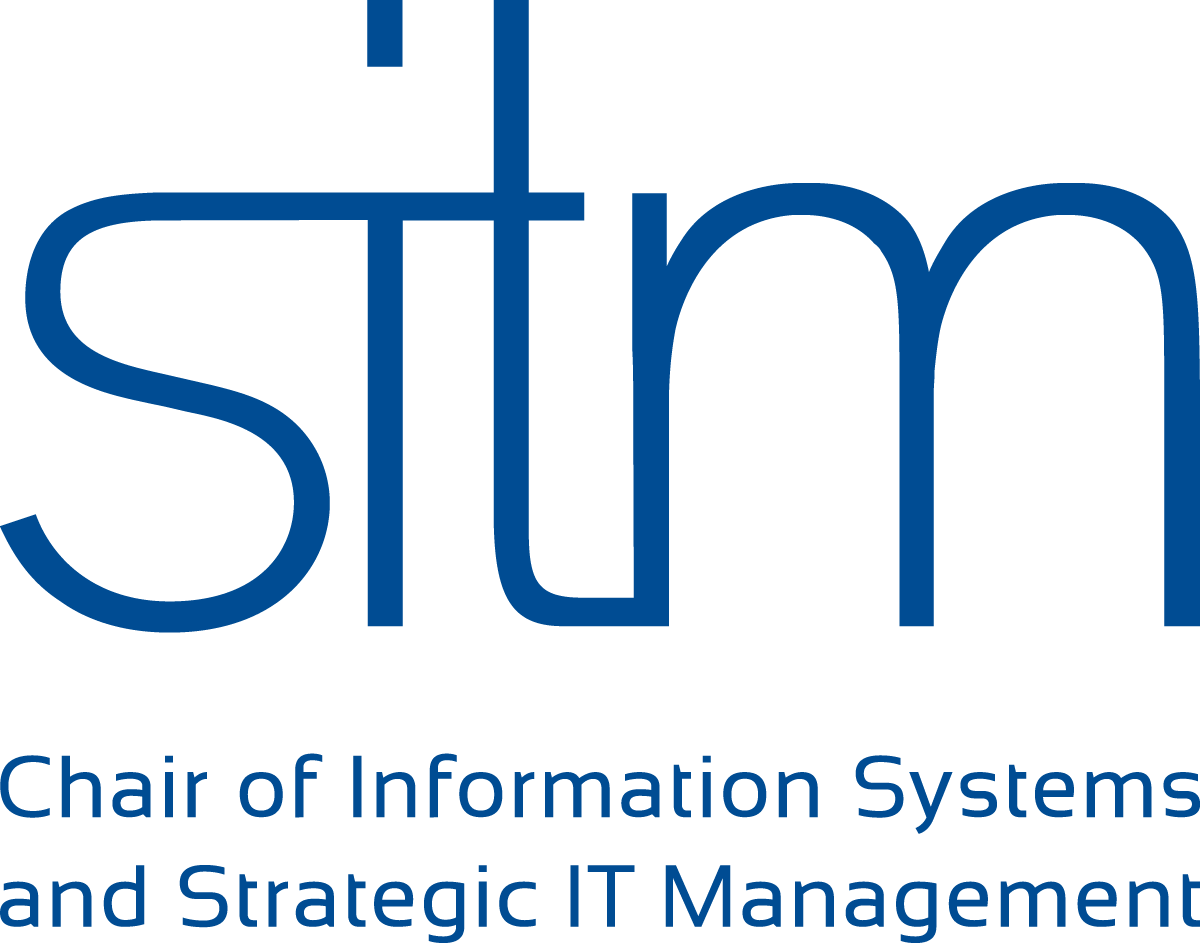Smart City

Smart City Foundations
Smart City Foundations
Cities are considered key elements for the world’s future well-being. The number of citizens living in cities is increasing rapidly, with the resulting high concentration of people leading to challenges, such as increased traffic jams, ensuring efficient waste disposal, and greenhouse gas emissions [6]. The urgency of these issues, combined with the opportunities that new information and communication technologies (ICT) offer, has moved local public governments, companies, non-profit organizations, and citizens to make cities smarter by embracing the idea of using ICT and other innovations [8]. In recent years, the Smart City (SC) concept has received increasing attention, eventually giving ICT’s role in urban environments a new dimension [1, 12, 17]. A Smart City is smart “when investments in human and social capital and traditional (transport) and modern (ICT) communication infrastructure fuel sustainable economic growth and a high quality of life, with a wise management of natural resources, through participatory governance” [4]. Given the goals and challenges mentioned above, city leaders who develop a social infrastructure for collaborations across jurisdiction and sectors boundaries are a critical factor of successful SC initiatives [16]. In the same vein, a smarter city would be one functioning as a network that focuses on linking the city’s different subsystems (e.g. electrical grid, waste management, or public transportation) to the improved intelligence (e.g. a SC platform, an information dashboard, or directly to one another) [17].
Smart City as a Digital Transformation Initiative
We maintain that Smart Cities and digital transformation (DT) initiatives in enterprises have several common characteristics [17]. These characteristics include the use of ICT-based infrastructures and service environments [2], as well as a plethora of different stakeholders affected by the transformation, all of which require excellent management [5]. Moreover, stakeholders’ expectations are changing: citizens expect more convenience, online information, and the asynchronous handling of data [7]. Modern technology usage, which accelerates the speed of change, requires shorter planning horizons, therefore increasing the management complexity further [5].
However, there are also notable differences between SC initiatives and DT in enterprises. Smart Cities are hugely complex compared to ordinary IT projects [18], and many cities struggle to implement their SC initiative due to technical, managerial, and governance challenges [18]. Networks of multiple, distinct legal entities [5], such as enterprises, schools, non-governmental institutions, local governments, transport companies, etc. [20], all of which have different cultures, IS capabilities, and goals, make the decision-making processes and stakeholder management highly complex.
Organizational Governance
In some existing SC literature, the term Smart City governance refers to a digitalization and modernization of the classical government processes of cities. So in that context the uses of the term refer to the area of smart governance that forms just one of the Smart City concept’s various dimensions [15]. In contrast, our research’s use of the term SC governance refers to the governance of SC initiatives; that is, to the organizational structures and processes involved in SC transformations. Research has shown that there is no uniform model for the governance of SC initiatives. The governance models that existing initiatives have implemented, range from participatory to hierarchical ones [1], depending in part on the centralization of the decision-making processes and how or to what extent various stakeholder groups are included in these processes. Moreover, SC governance regimes vary greatly in their degree of formality [1]. Overall, the governance of SC initiatives – especially in terms of detailed descriptions of organizational structures and processes – is still an underexplored aspect in existing SC literature.
Architecture Principles
Greefhorst and Proper [9] describe architecture as the high-level structure of a system describing its fundamental aspects and guiding those who design and build it. Five key elements characterize enterprise architecture (EA): concerns, models, views, architecture principles, and frameworks [10:8]. Greefhorst and Proper [10] also identify principles as EA’s cornerstones, as they fill the gap between high-level strategic intents and concrete designs. Architecture principles are defined as “an organization’s basic philosophies that guide the development of the architecture” [19]. These principles provide guidelines and rationales for the constant examination and re-evaluation of technology plans. Since principles are an architecture’s most stable elements, they have the most far-reaching and significant impact on organizations [19]. Architecture principles are therefore used as a fundamental description of how an enterprise uses and deploys its IT resources and assets [21]. Lindström [14] argues that each architecture principle should be derived from business strategies and business principles. In our research, we examine how such architecture principles can and should be used for SC initiatives, and how these principles should be designed when taking certain context factors and needs into account.
Transdisciplinary Cooperation in Smart City projects
Digitalization, urbanization, and globalization have long ceased to be new phenomena. Nevertheless, we need to review these phenomena in relation to one another and especially with regard to their physical intersections, which cities arguably have. The globalized digitalization of urbanization has picked up speed, especially in recent years. One of this acceleration’s implications is that people from diverse science fields are increasingly concerned with making cities (more) intelligent by grasping the processes that will allow this to occur. Modern, growing smart cities need transdisciplinary understanding to support their digital transformation. Combining thoughts and concepts from urban development, sustainability sciences, systems thinking, and a multiple of other disciplines gives us the possibility to tackle pressing topics in our urbanized, digital, and globalized world.
We assume that systemic approaches to smart, sustainable cities’ development should ensure their viability in an increasingly interconnected, complex world. Areas of interest are: improving communication between science disciplines in the urban context and applying a viable system model to the city as a system. Assessing Information Systems’ role in the scientific smart city context is one part of evaluating the transdisciplinary corporation and directly connected to it. ICTs are widely regarded as a thought and practice area that needs to be integrated into urban development projects, but not as the only one. “Smart city is not a technology issue; technology is merely used to achieve overarching goals.” [11].
Novel Smart, Sustainable City Conceptualizations
It is not enough to apply existing thought models, which often only consider individual Smart City areas, because a holistic view is required. In order to develop holistic smart sustainable city conceptualizations for practical implementation, research first needs to evaluate different possibilities to derive such conceptualizations and to apply theory building strategies. Back casting is an example of a strategy that could be adopted; it is a strategic problem-solving framework that starts with a desirable outcome to infer the changes required from this point instead of predicting current changes’ future outcome [3]. Using the joined-up planning approach is a second novel way of conceptualizing cities; this combination of a top-down and a bottom-up approach recognizes that local actions need some degree of centralized guidance [13]. Overall, we continue to see a strong need for research in this area, which the increased research interest in this field in recent years has not sufficiently addressed.
Our Research Goals
Smart cities are characterized by heterogenic stakeholders, many layers of authorities, complex decision-making processes, and competing objectives. Consequently, developing Smart City (SC) solutions often requires a complex collaboration between diverse organizations and systems involving a thorough and sophisticated management. Our findings and insights are based on a case study of a medium-sized European Smart City.
To extend the scientific discourse, our goal is to:
- investigate Smart Cities’ organizational design and governance, as well as their underlying principles
- advance research on the organization of Smart Cities
- increase our understanding of how governance regimes for Smart Cities should be designed
- explain how the underlying principles could help address the SC initiative’s strategic intents and challenges
- conceptualize interdisciplinarity in an urban development context
- enhance the body of knowledge of the interrelations between urban development projects (in an ICT context) and cities’ organizational structures, as well as their respective strategic visions
Duration
2017 - present (ongoing)
Team
Student contributions
Bibliography
[1] Alawadhi, S., A. Aldama-Nalda, H. Chourabi, et al., “Building Understanding of Smart City Initiatives”, Electronic Government, Springer, Berlin, Heidelberg (2012), 40–53.
[2] Anthopoulos, L., and P. Fitsilis, “Exploring architectural and organizational features in smart cities”, 16th International Conference on Advanced Communication Technology, Global IT Research Institute (GIRI) (2014), 190–195.
[3] Bibri, Simon Elias (2018): Backcasting in futures studies: a synthesized scholarly and planning approach to strategic smart sustainable city development. In: Eur J Futures Res 6 (1), p. 234.
[4] Caragliu, A., C. Del Bo, and P. Nijkamp, “Smart cities in Europe”, Journal of urban technology 18(2), 2011, pp. 45–59.
[5] Chourabi, H., T. Nam, S. Walker, et al., “Understanding Smart Cities: An Integrative Framework”, IEEE (2012), 2289–2297.
[6] Cocchia, A., “Smart and Digital City: A Systematic Literature Review”, In R.P. Dameri and C. Rosenthal-Sabroux, eds., Smart City. Springer International Publishing, Berlin, Heidelberg, 2014, 13–43.
[7] Curwell, S., M. Deakin, I. Cooper, K. Paskaleva-Shapira, J. Ravetz, and D. Babicki, “Citizens’ expectations of information cities: implications for urban planning and design”, Building Research & Information 33(1), 2005, pp. 55–66.
[8] Dameri, R.P., and C. Rosenthal-Sabroux, “Smart City and Value Creation”, In Smart City: How to Create Public and Economic Value with High Technology in Urban Space. Springer, Cham, 1–12.
[9] Greefhorst, D., H. Koning, and H. van Vliet, “The many faces of architectural descriptions”, Information Systems Frontiers 8(2), 2006, pp. 103–113.
[10] Greefhorst, D., and E. Proper, Architecture Principles: The Cornerstones of Enterprise Architecture, Springer Science & Business Media, 2011.
[11] Haller, Stephan; Neuroni, Alessia C.; Fraefel, Marianne; Sakamura, Ken (2018): Perspectives on smart cities strategies. In: Marijn Janssen, Soon Ae Chun und Vishanth Weerakkody (Hg.): Proceedings of the 19th Annual International Conference on Digital Government Research Governance in the Data Age - dgo '18. the 19th Annual International Conference. Delft, The Netherlands, 30.05.2018 - 01.06.2018. ACM Press, New York, USA, pp. 1–6.
[12] Hollands, R.G., “Will the real smart city please stand up?: Intelligent, progressive or entrepreneurial?”, City 12(3), 2008, pp. 303–320.
[13] Jepson, Edward J. (2001): Sustainability and Planning: Diverse Concepts and Close Associations. In: Jour-nal of Planning Literature 15 (4), pp. 499–510.
[14] Lindström, Å., “On the Syntax and Semantics of Architectural Principles”, Proceedings of the 39th Annual Hawaii International Conference on System Sciences, (2006).
[15] Lombardi, P., S. Giordano, H. Farouh, and W. Yousef, “Modelling the smart city performance”, Innovation: The European Journal of Social Sciences 25(2), 2012, pp. 137–149.
[16] Moss Kanter, R., and S.S. Litow, “Informed and Interconnected: A Manifesto for Smarter Cities”, SSRN Electronic Journal, 2009.
[17] Nam, T., and T.A. Pardo, “Conceptualizing Smart City with Dimensions of Technology, People, and Institutions”, Proceedings of the 12th Annual International Digital Government Research Conference: Digital Government Innovation in Challenging Times, ACM (2011), 282–291.
[18] Ojo, A., E. Curry, and T. Janowski, “Designing next Generation Smart City Initiatives - Harnessing Findings and Lessons from a Study of Ten Smart City Programs”, ECIS 2014 Proceedings, (2014), 15.
[19] Richardson, G.L., B.M. Jackson, and G.W. Dickson, “A principles-based enterprise architecture: Lessons from Texaco and Star enterprise.”, MIS Quarterly 14(4), 1990, pp. 385–403.
[20] Rodríguez Bolívar, M.P., “Smart Cities: Big Cities, Complex Governance?”, In M.P. Rodríguez-Bolívar, ed., Transforming City Governments for Successful Smart Cities. Springer International Publishing, Cham, 2015, 1–7.
[21] The Open Group, The Open Group, TOGAFTM Version 9. USA: ©2009 The Open Group, The Open Group, USA, 2009.


